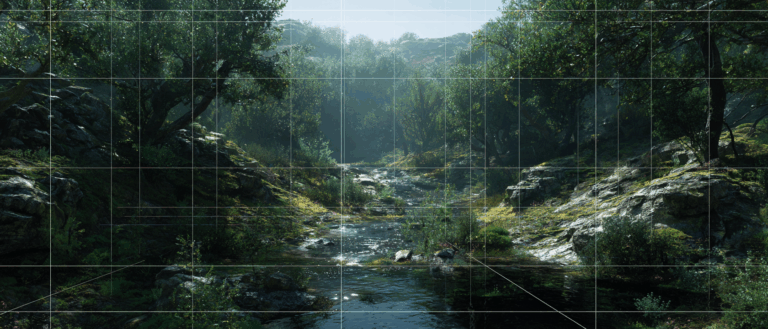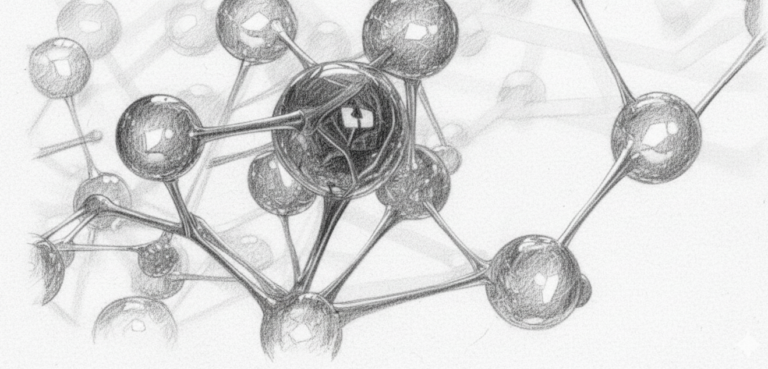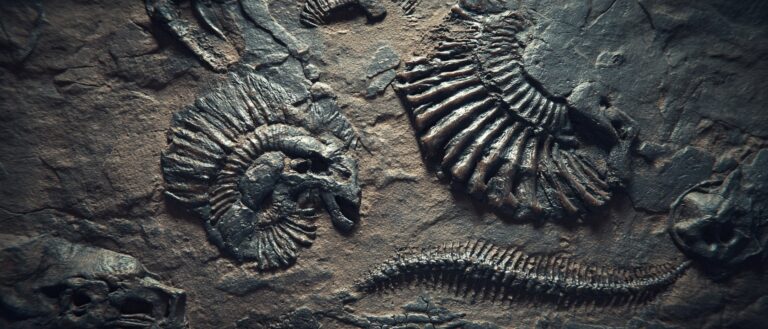Command Palette
Search for a command to run...
Japan's "AI Fish Face Recognition" Project Recognizes 100 Fish Faces Per Minute
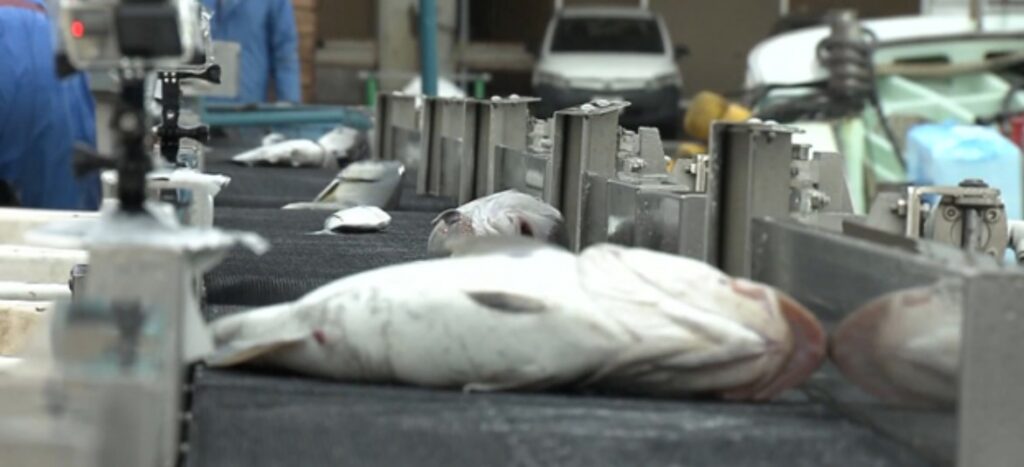
Recently, a Japanese AI fish sorting project has entered the experimental stage. This is expected to improve the current social situation of Japan's aging and shortage of fishery labor.
As an island country, Japan's unique geographical location has made its people have an indissoluble bond with fish since ancient times, and even formed its own unique "fish culture". Therefore, whether in fish farming, fishing or eating fish, Japan can be regarded as an international representative.
However, in recent years, Japan's fishing industry has faced pressure from an aging and shortage workforce. To this end, relevant departments are promoting automated operations in the fishery industry to fill the labor gap in a timely manner.
AI recognizes fish by looking at pictures and can pack 100 fish per minute
Behind every delicious fish dish on the table is the hard work of fishermen. Every time they go out to sea, fishermen are not only responsible for catching the seafood on board, but also sorting, washing and refrigerating it in the shortest possible time to ensure the freshness of the catch.
The urgency of time often means they cannot take weather conditions into consideration, so working under the scorching sun or in the rain is commonplace.

Fishing is a tough job that is increasingly difficult to attract young people. Population aging and labor shortages have become a major factor restricting the development of Japan's fisheries.
Recently, Hachinohe City in Aomori Prefecture, Japan launched an unprecedented experiment - using equipment equipped with AI systems and cameras to automatically classify live fish caught instead of fishermen.

This project was launched in 2018. The Ministry of Agriculture, Forestry and Fisheries of Japan invested 130 million yen (approximately RMB 8.127 million) and jointly commissioned the Food Research Institute of Aomori Prefecture Industrial Technology Center and the Japan Fisheries Research and Education Organization to carry out research and development.
The research team purchased and improved a device made by Nireko in Tokyo, and then trained the machine learning system on the device using salmon, mackerel (also known as bluefish) and herring as learning samples.The training data includes: size, shape, fatness, color and other data of each fish.
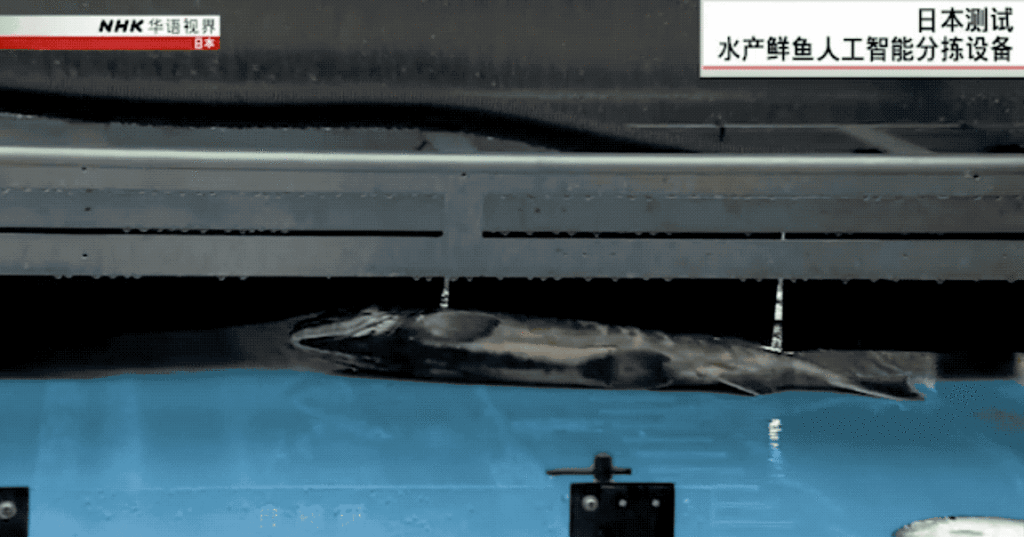
at present,The device can sort up to 100 fish per minute and distinguish about 40 species of fish with an accuracy of 90%.
According to the plan, this test experiment will continue until March this year, and more fish data will be continuously collected to improve the accuracy of the AI system.
From the official video, we can see that AI’s “fishing” skills have become very sophisticated. The fish passing through the conveyor belt are accurately identified and sent to the corresponding packaging boxes, and the fishermen are only responsible for supervision.
Is a fishing nation short of manpower? AI is the answer
In the world, probably no one can eat and love eating fish more than the Japanese.
Japan's fishing volume has always been among the highest in the world, and it is also one of the world's largest consumers of seafood.It consumes 7.5 billion tonnes of fish each year, accounting for about 10% of the world's catch, which is equivalent to more than 35 kilograms of fish per person per year.

In addition, due to geographical, climatic and other reasons, Japan's fishery not only has an absolute advantage in quantity, but also has a very rich variety of marine fish, including dozens of species such as mackerel, cod, mackerel, etc.
However, in recent years, the aging of fishermen and the shortage of fishing labor have led to a year-on-year decline in Japan's aquatic product output. The catch has been reduced by half compared to thirty years ago, falling from first in the world to eighth place (2018).
According to statistics, about half of Japan's fishermen are over 60 years old, and only 15% are under 40 years old. More and more young people are moving to big cities or towns, and the fishing industry is facing a situation where there is no successor.

In order to solve these problems, relevant Japanese departments have turned their attention to AI.In recent years, AI has been applied to fish farming monitoring, ocean fishing yield prediction and even meat quality evaluation (For details, please see "Tuna Scope Tuna Hunter: Become a top foodie and get started with image recognition") and other links.
Kenji Fujido, director of the Food Research Institute of the Aomori Prefecture Industrial Technology Center, also said that AI can not only solve the problems of aging and labor shortage in the fishing industry, but also improve the work efficiency of fishermen.In the future, we hope to use this system to classify more fish and promote it to fishermen.
So, with this magical device for identifying fish, can fishermen "slack off" during working hours?

References:
https://news.yahoo.co.jp/articles/191a0d8e953c56d58e08d411f92024fbed284102

